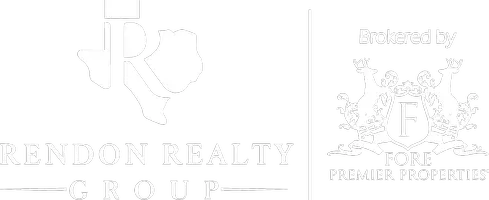Do NOT Move to FREDERICKSBURG TEXAS without knowing these 7 NEGATIVES
Crowds, prices, and local realities—plan with eyes open.
Fredericksburg often tops “best small town” lists—but locals still have gripes. Here are the ones you’ll notice day to day.
Before you move to the Hill Country, weigh these common complaints from residents—costs, housing, heat, shop hours, and more—against what you value most.
7 Reasons You Might Hate Living in Fredericksburg, Texas
- Cost pressures: Housing and valuations push property tax bills higher over time.
- Lifestyle fit: Early shop closures and limited nightlife frustrate night owls.
- Family asks: Many want more youth facilities—even with solid outdoor options.
- Climate: Summers run hot; AC is essential and acclimation takes time.
Table of contents
7) Limited Family Activities
Many residents wish the city invested more in youth facilities—multipurpose athletic centers, pools, and venues for kids. Still, there are family-friendly outings: hike Enchanted Rock, catch first-run films at Fritz Town Cinema, try Hill Country Escape Room, and cool off at local pools. The community could use more kid-centric attractions, but worthwhile activities exist.
6) Summer Heat
If you’re from cooler climates, Fredericksburg’s heat is an adjustment. After years in temperate coastal weather, acclimating back to Texas can take time. The good news: your body adapts, and central air conditioning is standard.
5) Early Closing Times
Downtown boutiques and shops often close by 5 p.m. Many restaurants run until 9–10, and a handful of bars pour until 2 a.m., but true late-night options are limited. Plan shopping earlier and arrange safe transportation if you enjoy nightlife.
4) Too Many Wineries—Really
With 50+ wineries, it can feel excessive if you’re not a wine person. Variety is expanding: breweries (Fredericksburg Brewing Company, Altstadt, Overall) and distilleries (Luckenbach Road Whiskey, Elk Store Winery & Distillery, Dietz Distillery, Salvation Spirits) offer alternatives.
3) Property Taxes
Locals often cite high property taxes. Combined city/county is roughly ~1.49% in town and ~1.29% outside, vs. ~1.8% statewide. On a $350,000 home, the Texas average bill is around $6,300; Fredericksburg’s is about $5,215. The kicker is rising valuations—home values have climbed roughly 26% since January 2019, pushing tax bills higher.
2) Lack of Affordable Housing
Median home price sits near ~$527,500. With 5% down at ~6.5%, a monthly PITI can approach ~$4,000. Average salaries around ~$42,000/year mean many residents rent. Expect ~$1.15/sqft for older homes and ~$1.80/sqft for newer; most apartments start north of $1,000/month.
1) High Cost of Living
BestPlaces lists Fredericksburg’s overall cost index at ~101.9 vs. Texas at ~94.2. Groceries run slightly below national averages, healthcare higher. Housing is the big gap: ~130.9 vs. Texas ~83.5—about a 47% difference. That’s why cost of living tops complaints. Upside: appreciation has been strong alongside wine and tourism growth.
Final Thoughts
Fredericksburg isn’t for everyone—summers are hot, shops close early, and housing isn’t cheap. But the trade-offs include scenery, a booming tourism scene, world-class wineries, and a tight-knit community. Weigh the pros and cons against your lifestyle and budget. Curious where to sip? Read: 10 Must-Visit Wineries in Fredericksburg.
Sources
- Community feedback and commonly referenced public indexes; verify current rates, pricing, and valuations before decisions.
FAQs
Is Fredericksburg only for retirees?
No—remote workers, young families, and service/hospitality pros are increasingly drawn by Hill Country lifestyle and opportunity.
How can I offset higher housing costs?
Consider older/smaller homes, surrounding towns, or house-hacking (within STR rules). Compare tax rates and insurance across nearby areas.
What if I’m not into wine?
Explore breweries, distilleries, live music, the river, Enchanted Rock, and a growing food scene.
Thinking about the Hill Country?
Let’s match your budget to the right neighborhood—and map a plan that fits your lifestyle.
Talk with Ryan